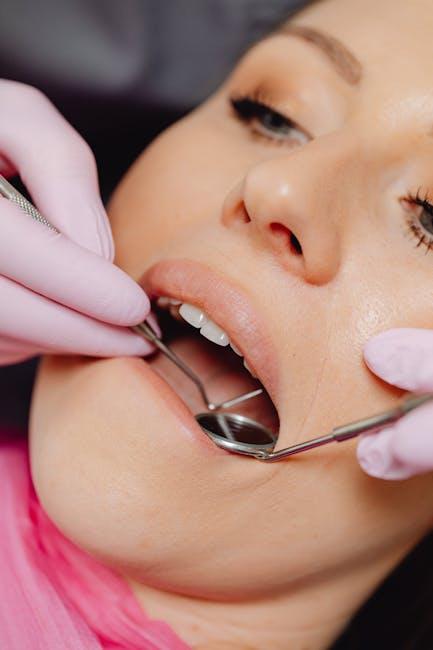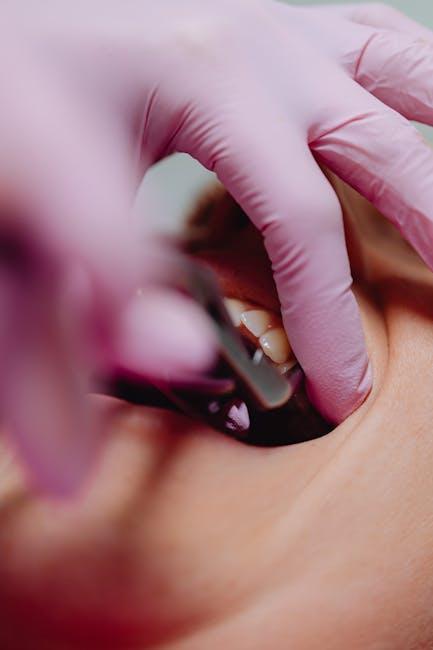
Caregiver ‘Dental Disgust’ Impedes Care for Long-Term Care Residents
Oral hygiene is a critical component of health care, especially for long-term care residents who often struggle with maintaining their own dental health. However, a significant barrier disrupting adequate oral care in nursing homes and assisted living facilities is caregiver “dental disgust.” This aversion or discomfort toward performing mouth care can impede daily oral hygiene routines, leading to severe health consequences for residents. In this article, we’ll unpack the psychology behind dental disgust, its impact on care delivery, and practical solutions to overcome this challenge.
Understanding the Concept of Dental Disgust Among Caregivers
Dental disgust refers to an emotional aversion or discomfort that caregivers feel when providing oral care, such as toothbrushing, denture cleaning, or mouth inspections. This reaction is more than just a mild inconvenience; it can cause tangible gaps in care that put residents at risk for oral infections, systemic diseases, and diminished quality of life.
Why Does Dental Disgust Occur?
- Psychological Barriers: The mouth is often perceived as a source of germs and unpleasant odors, triggering disgust reflexes.
- Lack of Training: Insufficient education on proper oral care techniques can make caregivers feel uncertain or uneasy.
- Time Constraints: Pressures to perform multiple tasks rapidly can increase caregiver stress, exacerbating feelings of avoidance toward dental care.
- Emotional Overload: Caregivers may already be managing stress, burnout, or compassion fatigue, reducing motivation for tedious or uncomfortable tasks.
The Impact of Dental Disgust on Long-Term Care Residents
When caregivers avoid or inadequately perform oral care, residents face a cascade of negative outcomes:
- Increased Risk of Oral Infections: Poor hygiene facilitates plaque buildup, leading to gingivitis, periodontitis, and dental abscesses.
- Systemic Health Complications: Bacteria from the mouth can enter the bloodstream, possibly increasing risks for pneumonia, cardiovascular disease, and diabetes complications.
- Impacts on Nutrition: Dental pain or discomfort can impair chewing, resulting in nutritional deficiencies.
- Reduced Quality of Life: Chronic oral problems can cause pain, embarrassment, and social isolation.
How to Overcome Dental Disgust in Long-Term Care Settings
Addressing dental disgust requires a multifaceted strategy that empowers caregivers and enhances resident wellbeing.
1. Comprehensive Training and Education
- Provide regular hands-on workshops focusing on oral care techniques and infection control.
- Incorporate psychological strategies to manage disgust reactions through resilience-building exercises.
- Use real-life scenarios to develop empathy and understanding of the residents’ perspectives.
2. Improving Work Environment and Scheduling
- Allocate sufficient time for oral care in daily routines to reduce caregiver rush and stress.
- Encourage teamwork and share responsibilities to lighten individual burdens.
3. Implementing Supportive Tools and Products
- Introduce ergonomic toothbrushes and suction tools to make oral care easier and cleaner.
- Use flavored toothpaste or mouth rinses that reduce unpleasant tastes and odors.
Benefits of Minimizing Dental Disgust in Caregiving
Reducing caregiver dental disgust doesn’t just improve oral health — it offers a wide set of benefits:
- Improved Resident Health: Better oral hygiene decreases illness and hospitalization.
- Higher Care Quality Ratings: Enhanced care delivery supports regulatory compliance and facility reputation.
- Increased Job Satisfaction: Caregivers feel more confident and less stressed, promoting retention.
Case Study: Successful Intervention at Maplewood Nursing Facility
Maplewood Nursing Facility implemented a targeted oral care program that addressed caregiver dental disgust head-on.
| Intervention | Outcome | Timeline |
|---|---|---|
| Biweekly oral hygiene training workshops | 70% reduction in missed oral care sessions | 6 months |
| Introduction of suction toothbrushes | Improved caregiver comfort noted in surveys | 4 months |
| Team oral care huddles | Enhanced teamwork & better communication | Ongoing |
After six months, Maplewood reported fewer respiratory infections, improved resident smiles, and a happier caregiving staff.
Practical Tips for Caregivers to Manage Dental Disgust
- Use Gloves and Masks: Physical barriers help reduce sensory discomfort.
- Maintain Positive Mindset: Focus on the residents’ wellbeing and the impact of your care.
- Take Breaks: When overwhelmed, brief moments to reset can reduce aversion.
- Seek Peer Support: Sharing experiences with colleagues can normalize feelings and build coping strategies.
Conclusion
Dental disgust among caregivers is an often-overlooked challenge that significantly hampers oral care for long-term care residents. Understanding its roots, impact, and solutions empowers nursing facilities to improve both the quality of care and resident health outcomes. By investing in caregiver education, improving workplace conditions, and adopting practical tools, facilities can drastically reduce dental disgust and promote a culture of compassionate, comprehensive care. Prioritizing oral hygiene in long-term care is essential—not only for residents’ smiles but for their overall dignity and wellbeing.


